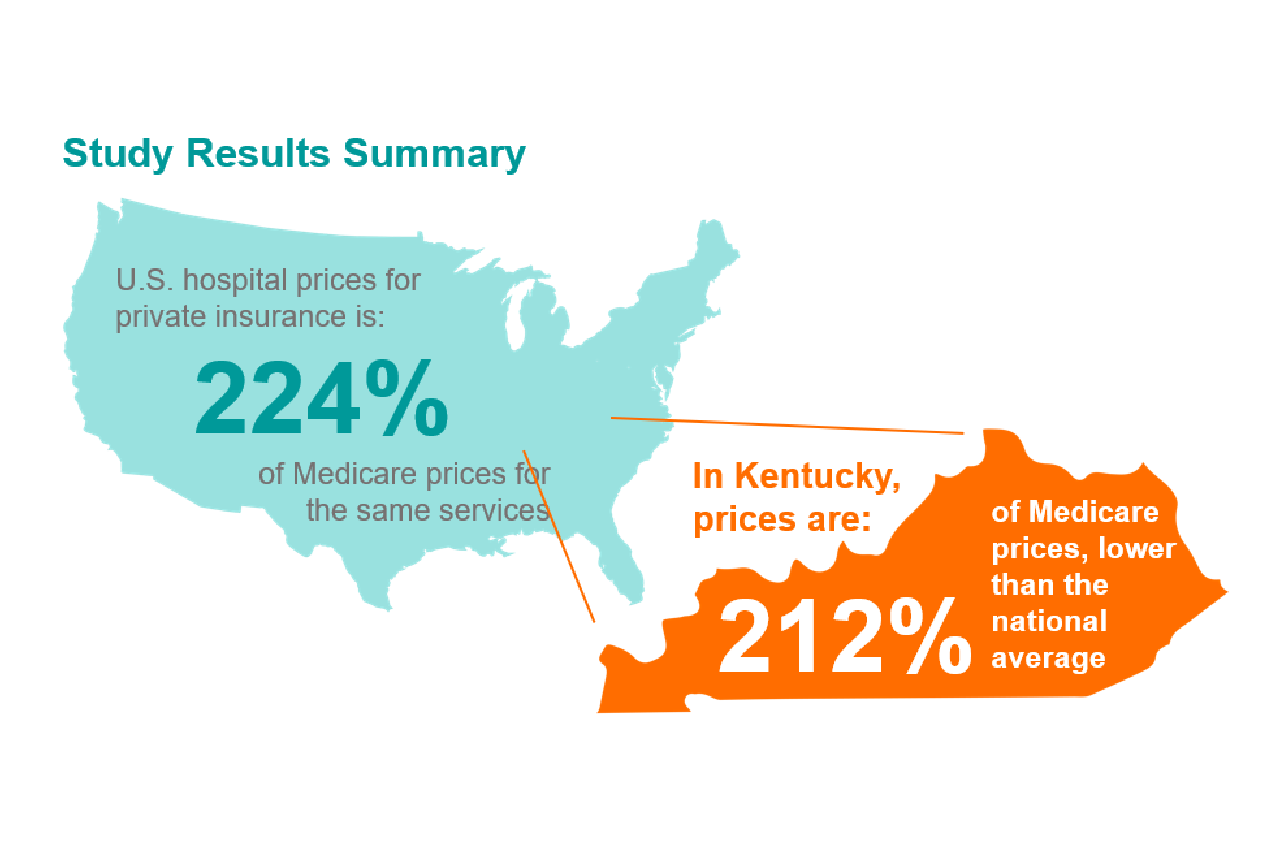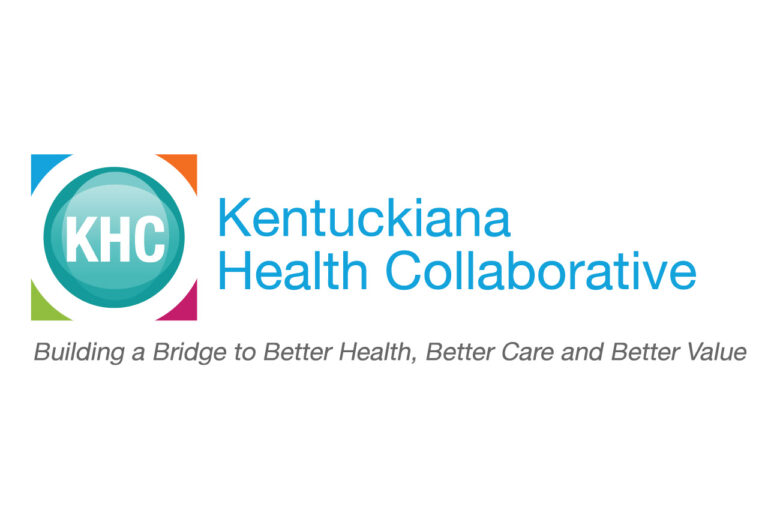
Do the following quotes sound familiar to you?
“There are 12 different measures that essentially measure slight variations of the same thing.”
“Providers obviously can’t focus on 72 different things to improve, especially if they’re doing 72 different things for each separate payer.”
“It’s a lot of noise.”
These are the kinds of things that you typically hear when you talk about healthcare quality measurement. It’s not just the providers, who have had a significant additional burden added to them to be compliant with various reporting requirements, who are making these comments. Everyone involved in healthcare has faced additional burden and confusion because of the “Measurement Mayhem” within the industry.
A common saying is that more information is better information, but that is not necessarily the case in healthcare quality measurement. Too many measures can create noise that hides what the key measures are telling us, measures that are “topped out” don’t provide meaningful information about variation between sources of care, and the cost in time and money for measures that aren’t very helpful are not worth that cost.
A 2013 National Quality Forum (NQF)-commissioned analysis from Bailit and Associates identified 1,367 quality measures in use across 48 different state and regional programs. Of these measures, 509 were distinct and the remaining 800+ measures overlapped or had similar focus, with one or more variations in the specifications. NQF’s mission is to lead national collaboration to improve health and healthcare quality through measurement.
NATIONAL FOCUS ON MEASURE REDUCTION
Organizations across the country are beginning to make measurement reduction a focus of their efforts.
Last week, measure reduction was a recurring theme at NQF’s Annual Conference in Arlington, VA. In his welcoming statements, NQF president and CEO Shantanu Agrawal, MD, said that we are in a place where we simultaneously have too many measures and yet aren’t measuring enough of the right measures. It was referred to in a breakout session as the “Goldilocks Conundrum,” the need to find the balance between not enough measures, too many measures and “just the right measures.”
In the breakout, an attendee who works for a post-acute care organization shared her organization’s struggles to comply with reporting that expanded from two measures to 17 measures and added 40 minutes per patient at discharge. She said there are plans to add more that will expand that time per patient by another 45 minutes.
NQF has taken steps to reduce the measurement burden. They have created a Measure Applications Partnership (MAP), which recommends measures most appropriate for public reporting, performance-based payment, and other uses. Recently, they recommended that HHS consider future removal of 51 of 240 measures that are used in seven federal programs. NQF is also working on big changes to their endorsement process, looking to be involved earlier in organizations’ measurement development process to avoid redundancy.
LOCAL EFFORTS TO EASE THE BURDEN
Locally, measure reduction has been a focus as well. At our recent KHC Annual Conference, we heard from a panel made up of local and national experts on how communities and organizations begin to simplify and reduce the measurement burden.
As attendees of the conference learned, Louisville-based Humana Inc. has strategically reduced the number of quality measures in their organization by 80%, resulting in a more manageable set of meaningful measures that are aligned to credible organizations, with the ultimate goals of providing physician satisfaction, decreasing collection burden and cost and impacting health outcomes.
Within the KHC, we also look to diminish noise by reporting the right measures in our annual reports. Each year, we scrutinize our list of current measures for those that should be discontinued, and we look at potential measures that we don’t currently track that would be appropriate to do so.
This year, we retired two measures, and we are being strategic as we make decisions on the addition of new measures, starting with a relatively small list and asking our Measurement Strategy Team to be prudent in their recommendation of measures from that list. The members of that team have expressed views that align with that.
IMPLICATIONS OF MEASURE REDUCTION
So what does measurement reduction involve and what are its implications? First, it means that there are going to be many tough conversations by organizations of all levels across the country as they look to reduce the burden of measurement.
Measure prioritization and measure reduction go hand-in-hand. To make wise decisions about which measures are important enough to stay and which are less important or redundant, there must be clear prioritization among the measures. This involves cost-benefit analysis and deep scrutiny of each measure. As one NQF conference attendee said, “every measure should have to fight for inclusion every year.”
Measure reduction also needs to involve alignment between organizations of all types, while still recognizing the unique needs of the various stewards and communities they serve.
In the end, we might also have to live with some gaps in measurement to keep the burden of measurement from becoming too overwhelming, allowing for a focus on patient care and reduction of distraction by the noise of unnecessary measures.






